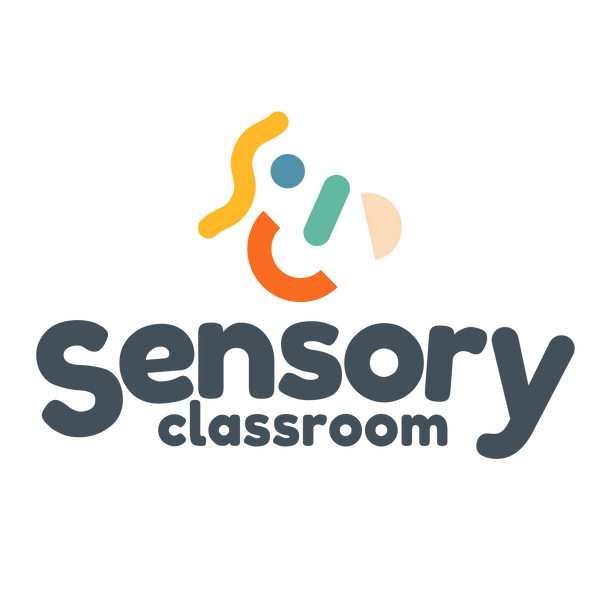For many of our learners—especially those who are minimally speaking, use AAC, or process the world differently—being able to make choices is one of the most powerful ways we can support autonomy and communication.
It’s easy to forget how many demands children face in a day. From the moment they arrive at school to the moment they leave, much of what they do is structured by someone else.
But offering meaningful choices—like which song to listen to—isn’t just a moment of inclusion. It’s a moment of control. A chance for a child to express something that matters to them, even if they don’t yet have formal language.
Why is choosing important?
1. Songs create predictable structure
Minimally speaking learners often thrive on pattern, routine and rhythm — and songs are naturally built around all three.
- The melody stays the same
- The words are repetitive
- The actions come in order
This structure makes songs feel safe, and it’s that safety that opens the door to learning.
2. Songs reduce pressure to speak
There’s no expectation to “get it right” in a song. Whether a learner joins in with a hum, a glance, a Makaton sign, or by hitting a switch with one word, their contribution is valid.
Singing gives us the chance to model language without demand. Something that’s essential for autistic and gestalt language processors.
3. Songs embed core vocabulary naturally
Think about songs like:
“Open Shut Them” (core words: open, shut, hands, lap)
“This is the Way” (core words: brush, wash, go, on, off)
“Head, Shoulders” (core words: body part vocabulary, repetition)
By using songs, we’re exposing learners to meaningful words in context, which helps with both motor planning and comprehension.
This is especially effective for:
- AAC users
- Minimally speaking learners
- Gestalt language processors
- Children with a learning disability
4. Songs support regulation
Songs provide rhythm, pacing, and familiarity, all of which are key to co-regulation. Many learners feel calm and safe through
music, and will often echo lines from a favourite song when they can’t use spontaneous speech.
It’s also a powerful way to bring group regulation, making classroom moments more inclusive and less overwhelming.
5. Songs help build attention: a key pre-communication skill
In early child development songs are often the first way we hold a learner’s focus.
Why? Because they combine:
- Visual input
- Auditory input
- Repetition
- Emotional tone
All of this builds the foundation for shared attention — one of the most important building blocks for communication.
Why Song Time Works So Well
Songs are predictable. The rhythm, the repetition, the structure—they create a sense of safety for learners who thrive on routine.
They also:
- Support regulation through rhythm and pacing
- Reduce the pressure to speak or perform
- Help model core vocabulary in natural, joyful ways
- Offer a shared activity that builds connection and attention
Whether a child joins in by pointing, tapping, echoing, or just listening quietly, their participation is valid.
A New Resource to Support This
To help make song choice easier and more accessible, I’ve added a new Interactive Song Choosing board to my website: https://sensoryclassroom.org/products/interactive-song-choosing-board
It’s available in both printed and digital versions, and includes themed song pages (like Spring, Halloween, Shapes, Transport and more). Each song tile links directly to a YouTube video, so learners can tap and play independently or with support.
You can:
- Print and laminate it for Velcro-based choice making
- Or open it digitally for an instant tap-and-play setup
If you already have the Storage Drive, you’ll find this resource under Classroom Songs. If not, you can get instant access here — it’s just one of hundreds of tools designed for sensory, autistic, and disabled learners within this one-time purchase.
Let me know how your learners get on. I’d love to hear which songs they choose first! Plus what other themes you would like included, as I continue developing this resource.
*resource is also currently available on the storage drive





